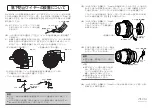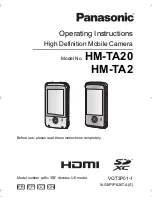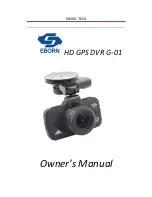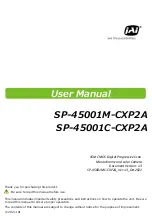
V1.02
Thom Hogan’s Complete Guide to the Nikon D300
Page 49
photosites that are exposed to light (it actually has more
photosites than that; we’ll discuss the others when we get to
the sections on demosaicing and noise).
Within an individual photosite there is a light collection area
called the photodiode, which is where light photons are
collected and converted into electrons. These electrons are
then stored in a “well” temporarily (while additional electrons
are also collected during the exposure). When the exposure is
complete and the sensor no longer exposed to light, the
electrons in the well are then transferred off the sensor and
into the camera’s main digital circuitry. In this process they
are counted (the analog number of electrons is converted into
a digital value).
The CMOS, CCD, and LBCAST
11
terminology used to describe
various sensors refers primarily to the transistor type in the
sensor and defines the underlying electronics methodology
used to perform the collection, conversion, and transfer of
light data. The actual process (collect photons, convert to
electrons, store electrons, move electrons to a counting
mechanism) is the same amongst the various sensor types,
though.
CMOS is likely the long-term winner in the sensor wars.
While it is more difficult to design (especially for high speed
transfers, as are used in the Nikon D2 series, D300, and D3),
11
The Nikon-designed sensor used in the D2h and D2hs. LBCAST stands for
Lateral
Buried Charge Accumulator and Sensing Transistor
, a technology unique to Nikon
sensors. LBCAST is a relative of CMOS—the primary difference is that LBCAST uses a
JFET type of transistor instead of MOSFET.
















































